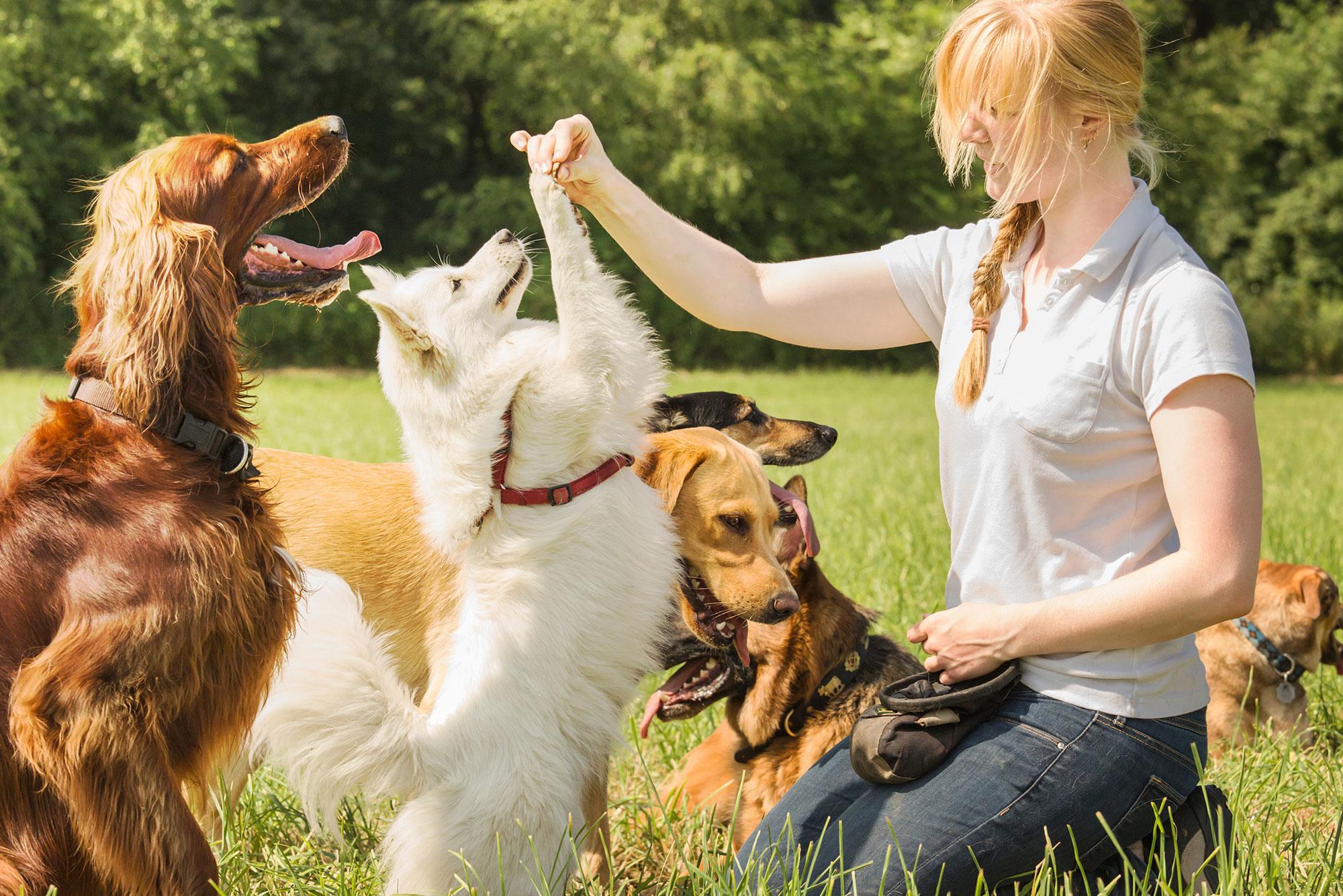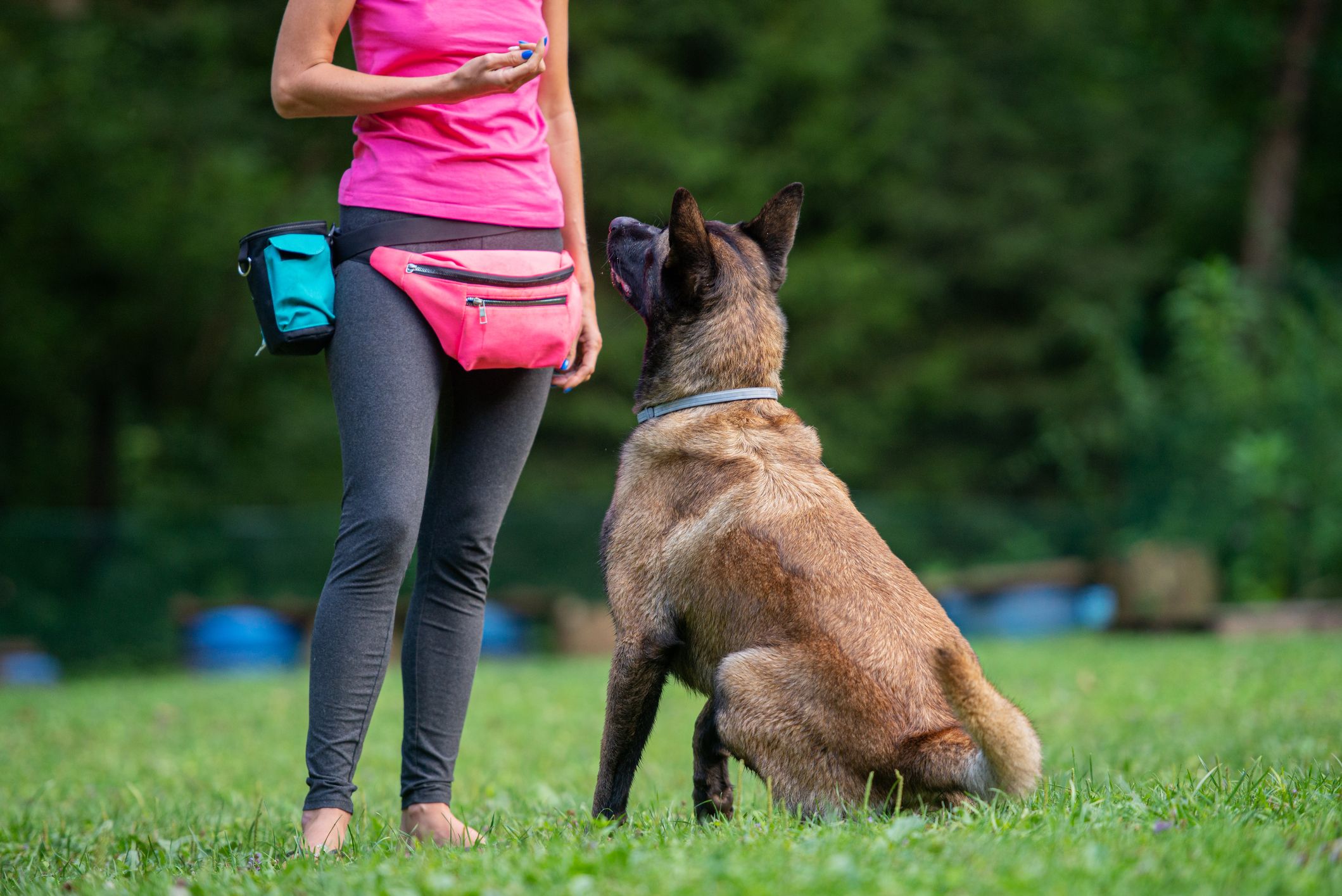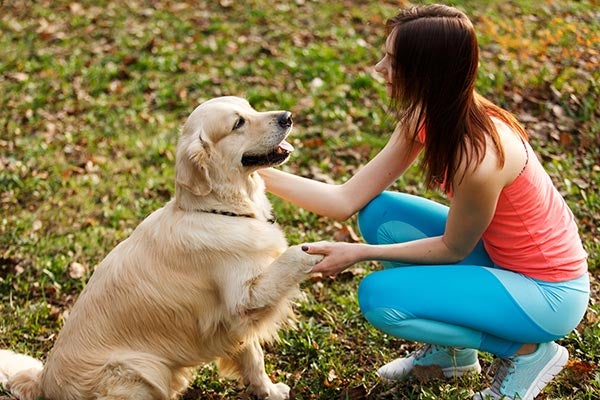Discover the Leading Errors to Avoid in Dog Training
Discover the Leading Errors to Avoid in Dog Training
Blog Article
Important Tips for Effective Dog Training: A Guide for Animal Owners
Reliable pet training is a multifaceted procedure that needs a tactical technique tailored to both the pet dog's character and the proprietor's objectives. Comprehending how to browse these obstacles can significantly improve the training experience, inevitably changing the relationship between proprietor and dog.
Recognizing Canine Behavior
Recognizing pet dog behavior is vital for reliable training and promoting an unified relationship between pooches and their proprietors. Dogs communicate primarily through body language, vocalizations, and activities, making it important for proprietors to analyze these signals accurately. Recognizing a dog's posture, tail position, and ear orientation can offer insights right into its mood. For circumstances, a wagging tail does not constantly indicate happiness; it can additionally signal enjoyment or anxiousness.

Socialization plays a considerable role in pet habits; direct exposure to numerous atmospheres, people, and other pets can substantially influence a dog's temperament. Furthermore, factors such as type qualities and specific character should direct training approaches, as some breeds might have specific behavior traits that require tailored methods. By recognizing these components, owners can create a supportive environment that encourages favorable actions, bring about successful training results and a much deeper bond with their pet dogs.
Establishing Consistent Commands
Effective interaction with your canine starts with developing consistent commands. This fundamental aspect of training is essential for fostering understanding in between you and your pet. Uniformity in the commands you make use of makes sure that your pet dog can reliably connect particular words or phrases with the desired habits.
When choosing commands, choose clear, unique words that are easy to say and separate from each other. Stay clear of utilizing similar-sounding commands that might perplex your dog. Making use of "rest" and "stay" is proper, yet "rest" and "struck" could lead to misconceptions.
In addition, keep the same tone and quantity for each and every command. Pets are sensitive to vocal hints, so differing your tone can produce complication.
It is just as essential to make certain that all household members are on the very same page relating to the commands utilized. A united front in command use will stop combined signals and reinforce the learning process.
Positive Reinforcement Methods
The power of positive support in canine training hinges on its ability to urge preferred behaviors with rewards and praise. This technique is based in the principle that behaviors adhered to by positive end results are most likely to be duplicated. By including favorable reinforcement into your training routine, you can properly shape your pet's habits in a positive way.
To carry out favorable reinforcement, it's vital to determine what encourages your pet dog, whether it be treats, playthings, or spoken appreciation. When your dog performs a preferred action, such as resting on command, immediately compensate them with a reward or affection. This organization in between the command and the positive outcome enhances their understanding.
It's critical to timing the rewards properly; delivering the support within seconds of the desired habits helps your pet dog make the connection (dog training). Furthermore, uniformity is vital-- ensure that all member of the family utilize the very same commands and reward systems to prevent complication

Gradually, you can minimize the frequency of treats as your pet dog finds out the actions, transitioning to commend or periodic rewards. This technique not only fosters a strong bond between you and your canine but additionally advertises a positive understanding atmosphere, making training a satisfying experience for both.
Socialization and Interaction
Constantly exposing your pet dog to a variety of atmospheres, people, and various other pets is important for their social advancement. Socializing needs to begin early, ideally throughout the find out here critical window of 3 to 14 weeks, when pups are most responsive to new experiences. Older pets can additionally benefit from ongoing socialization initiatives.
Introduce your dog to various setups, such as parks, pet-friendly shops, and urban locations. This exposure aids them adapt to different stimulations, decreasing anxiety and worry feedbacks. Encourage positive communications with various other canines and people, making certain that these encounters are risk-free and controlled to promote confidence.
Use organized playdates with courteous pets, as this can boost your dog's social abilities and show them suitable behavior. Obedience courses and training sessions likewise supply superb opportunities for socialization, permitting your canine to interact with others in a supervised atmosphere.
Display your canine's body movement throughout interactions, as this will assist you assess their comfort degree. Progressively raise direct exposure to even more difficult scenarios while making sure that each experience declares. A well-socialized canine is much more likely to display well balanced behavior, making them a pleasure to have in any kind of setup.
Resolving Usual Training Challenges
Every dog owner will run into training obstacles at some time, no matter their pet dog's age or socialization degree. Identifying usual concerns such as stubbornness, interruptions, and terror can help in creating effective methods for enhancement.

Slowly introduce disturbances as the pet comes to be much more skillful in commands. Short, constant training sessions are likewise effective in maintaining focus.
Fearfulness can impede a pet's knowing procedure. Steady desensitization to the resource of fear, coupled with favorable reinforcement, can assist minimize anxiousness. Patience is vital; never ever require a canine into a situation that creates distress, as this might intensify the issue.
Ultimately, understanding and resolving these typical difficulties with an organized technique will certainly foster an extra productive training experience, reinforcing the bond between canine and proprietor while promoting reliable understanding.
Verdict
In summary, effective dog training counts on a thorough understanding of canine behavior, the establishment of regular commands, and the application of positive reinforcement methods. Socializing plays an important duty in creating well-adjusted visit here pet dogs, while dealing with usual training challenges requires patience and flexibility. By carrying out these vital methods, animal owners can foster a solid bond with their canines and advertise preferable behaviors, inevitably bring about a harmonious connection in between people and their canine companions.
Understanding pet actions is necessary for reliable training and cultivating an unified partnership in between canines and their owners.Socializing plays a significant role in pet dog behavior; direct exposure to numerous environments, individuals, and various other that site pets can considerably impact a canine's personality.The power of positive reinforcement in pet dog training lies in its capability to encourage wanted actions with benefits and appreciation. By including positive support right into your training regimen, you can effectively form your dog's habits in a positive fashion.
In summary, effective dog training relies on an extensive understanding of canine habits, the facility of consistent commands, and the application of positive reinforcement techniques.
Report this page